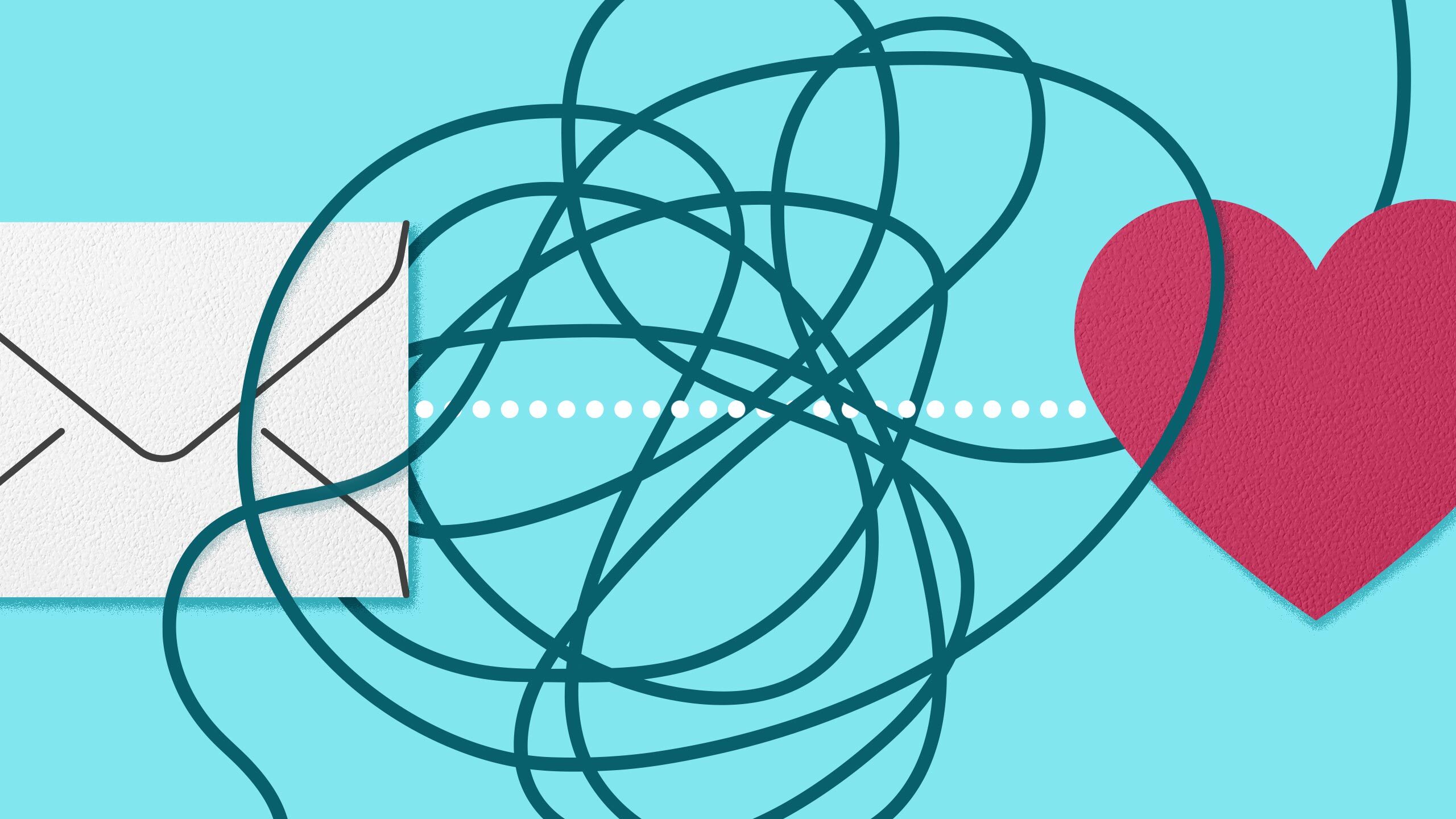Direct mail is a direct line to consumer joy


It’s no secret that there are tons of ways to reach consumers in this day and age. But there is a secret weapon that stands out among the communication crowd. (Okay, we’ll tell you—it’s direct mail.)
Touch is a fundamental need, but we’ve found ourselves in a touchless world as of late. However, haptics in the form of direct mail can bring a hands-on experience to our hands-off world.
Not only does direct mail satisfy the human need for tangible interaction, it also works wonders for getting your messaging to stick: 62% of consumers say direct mail has inspired them to take action (“2022 State of Direct Mail,” Lob and Comperemedia).
In our digital age, direct mail has actually become a disruptive mode of communication, especially now that face-to-face communication is temporarily kaput. Anything that’s not a video call, email, text, or other virtual message comes as a welcome change of pace. And we’ve got the numbers to back it up as it relates to millennials.
Millennials are the largest living adult population in the US at over 72 million, and 32% of them have the strongest positive feelings about direct mail, saying it provides useful information and keeps them in the know.
They are also the most likely generation to take action after receiving mail, such as making a purchase or visiting a website (“2020–2021 USPS Generational Research Report”).
As much as we love the power of paper, we know that paper and digital combined pack a more powerful punch. Touch triggers a reaction. We begin to feel like we own whatever is in our hands, and research shows that makes us value it more. When this powerful connection is reinforced through digital channels, your brand is bound to impress.
Don’t believe us?
A recent study found that 74% of marketers agree direct mail delivers the best ROI of any channel—up from 67% in 2021 (“The State of Direct Mail Marketing, Lob and Comperemedia, 2024).
We’re more likely to remember what we read on paper than what we read from a screen. But why? Scientists discovered three reasons:
So paper does the trick, and Dr. David Eagleman of Eagleman Labs found that the quality of paper makes a difference in our brains. People are more likely to recall information printed on heavy, high-quality coated paper than when it’s on low-quality paper. A week after their first impression, people still preferred the companies they read about on the high-quality paper, with name recall for those brands highest by a factor of 3:1.
We’re all painfully aware of the remote world thing, so we’ll keep this one short. But with so much connection being funneled onto the screen, we’ve discovered that mail is now a welcome (and dare we say, exciting?) change from staring at a screen all day. What better way to impact consumers than to make their day during these strange, strange times?